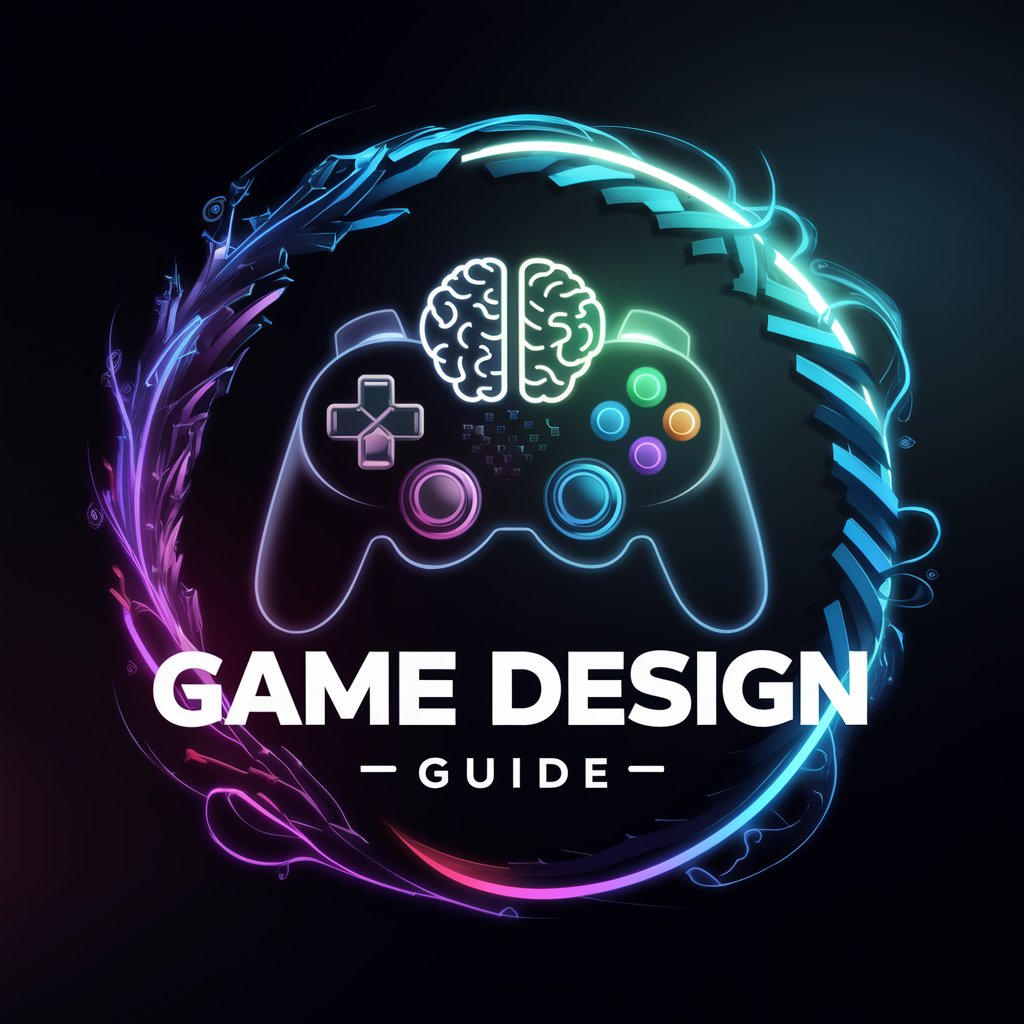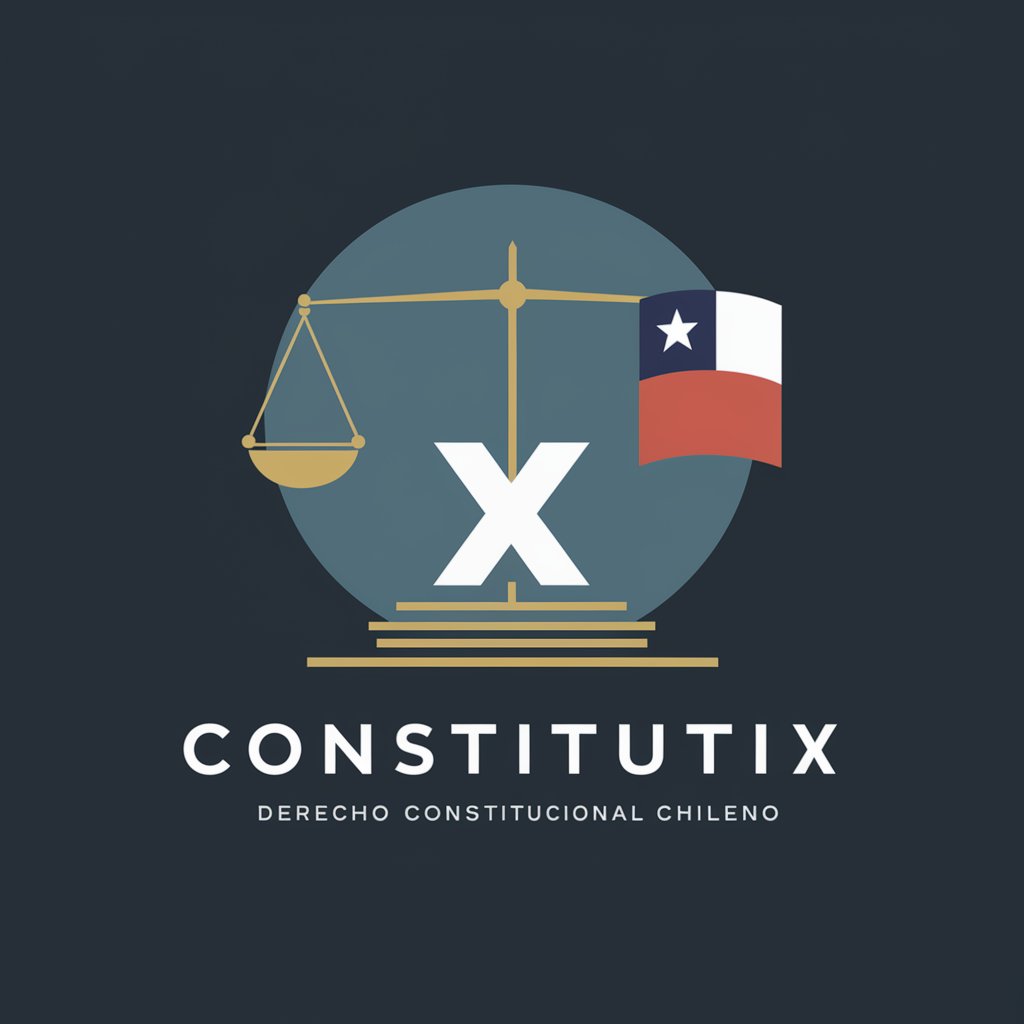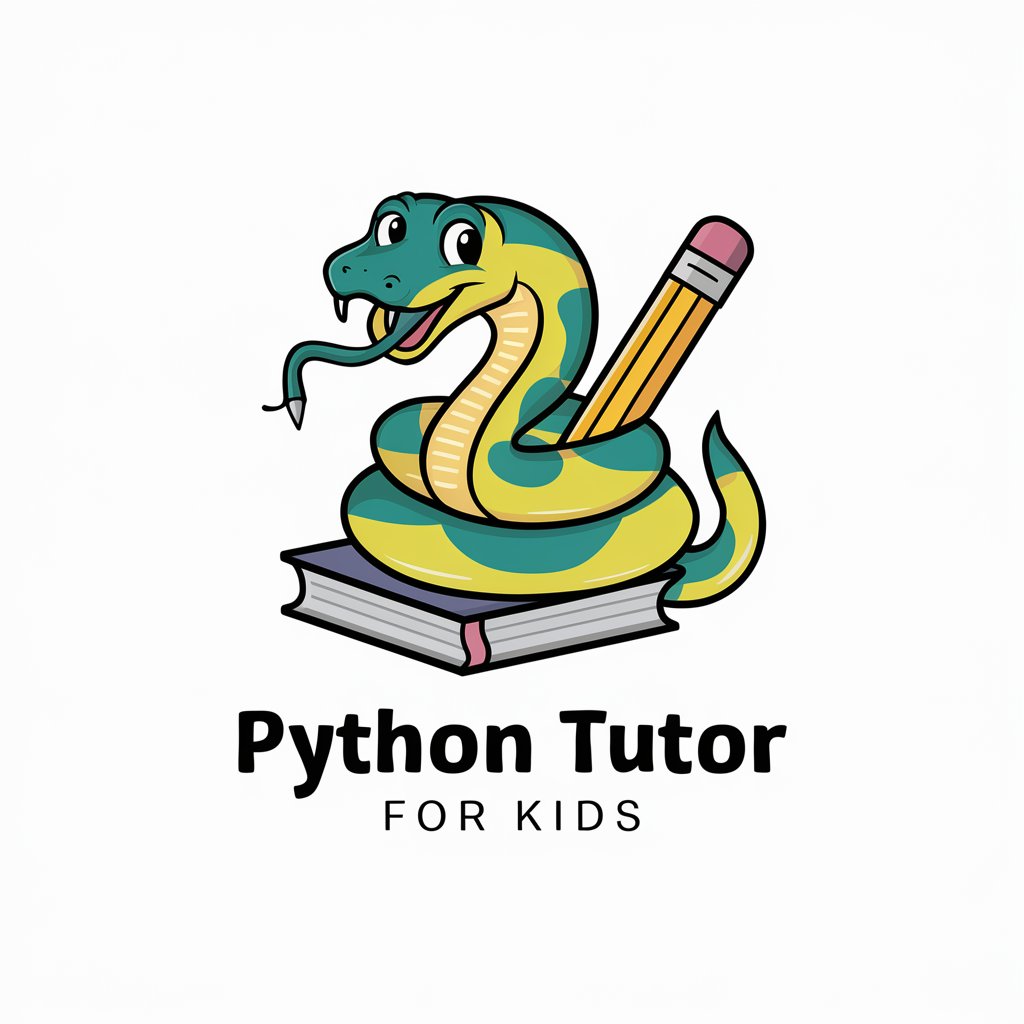Game Design Guide - Expert Game Design Insight

Welcome! Let's dive into the world of game design together.
Crafting Games with AI Expertise
Can you explain the core mechanics behind successful puzzle games?
What are some effective ways to integrate storytelling into a game?
How can I design levels that balance challenge and accessibility?
What are the key elements of a great user experience in game design?
Get Embed Code
Overview of Game Design Guide
Game Design Guide is a specialized GPT model dedicated to assisting users in various aspects of game design. Unlike general-purpose AI models, it focuses solely on game development's design facet, excluding technical programming details. It provides insights into game mechanics, narrative construction, level design, user experience, and the integration of art and technology in games. For example, if a user is developing an RPG and needs advice on balancing character abilities, Game Design Guide can suggest mechanics that maintain challenge while being fair to the player. Powered by ChatGPT-4o。

Functions and Real-World Applications
Advising on Game Mechanics
Example
If a developer is creating a puzzle game, Game Design Guide can offer advice on designing puzzles that are challenging but not frustrating, using examples from successful games.
Scenario
A developer is struggling to design levels for a puzzle game that vary in difficulty without being overly complex.
Guidance in Storytelling
Example
For a narrative-driven game, the Guide can provide tips on developing engaging story arcs, character development, and integrating story with gameplay.
Scenario
A writer is crafting a story for an adventure game and needs help creating a compelling narrative that integrates well with game mechanics.
Feedback on Level Design
Example
The Guide can analyze level designs and offer constructive feedback, suggesting improvements based on principles of flow, challenge, and player engagement.
Scenario
A level designer has created a prototype level for an action game and is looking for feedback on layout, pacing, and player experience.
Enhancing User Experience
Example
The Guide can provide insights on improving player engagement, usability, and accessibility in games, drawing from best practices in the industry.
Scenario
A UX designer is trying to make a game more accessible to a wider audience, including players with disabilities.
Integrating Art and Technology
Example
It can advise on the effective integration of art styles and technology, ensuring a cohesive aesthetic that supports the game's theme and mechanics.
Scenario
An indie game studio is deciding on an art style that fits their game's technology and narrative theme.
Target User Groups
Indie Game Developers
Small teams or individual developers who may not have access to extensive resources or expertise in all areas of game design. They can benefit from specialized guidance in refining their game concepts and design elements.
Game Design Students
Students studying game design can use the Guide to supplement their learning, gain insights into industry practices, and get feedback on their projects.
Hobbyist Game Creators
Individuals exploring game development as a hobby. They can utilize the Guide to navigate the complexities of game design and learn best practices.
Narrative Designers and Writers
Those focusing on the storytelling aspect of games can benefit from advice on crafting narratives that are well-integrated with gameplay.
UX/UI Designers in Gaming
Professionals specializing in user experience and interface design can gain insights into making games more accessible and engaging for a diverse audience.

Guidelines for Using Game Design Guide
Initial Access
Visit yeschat.ai for a free trial without login, also not requiring ChatGPT Plus.
Identify Your Needs
Determine the specific aspect of game design you need assistance with, such as mechanics, storytelling, level design, user experience, or art integration.
Engage with Questions
Pose detailed, specific questions related to your game design challenges or ideas to receive tailored advice and feedback.
Explore Resources
Request resources like articles, examples, or tutorials relevant to your query for deeper understanding and practical application.
Iterate and Refine
Use the feedback and suggestions to refine your game design, and return with follow-up questions for further development.
Try other advanced and practical GPTs
Green Breathe
Breathe Easy with AI-Powered Plant Recommendations

ConstitutiX
Deciphering Law, Empowering Understanding

Startup Sensei - Japanese Startup Mentor
Empowering Your Startup Journey with AI

Next14 ・日本語対応エンジニアアシスタント
Empowering Learning with AI in Japanese

GPT Architect
Tailor-made AI for every task

医療広告ガイドラインについて答えてくれるAI
Navigate medical advertising with AI precision

Vegan Visionary
Empowering Compassionate Choices with AI

cappy: ur gen-z advice capybara ✨
Empowering Gen-Z with AI Wisdom

精神科医益田裕介(試作1.00)
Navigating Minds, Understanding Hearts

Accounting Aid
Your AI-driven Accounting Expert

Python Tutor
Empowering Python Learning with AI

LogoGPT
Crafting Your Vision with AI Precision

Frequently Asked Questions about Game Design Guide
How can Game Design Guide assist in creating compelling game narratives?
Game Design Guide offers insights on storytelling techniques, character development, and narrative structures suitable for various game genres. It helps in weaving engaging stories that enhance player immersion.
Can this tool provide feedback on game mechanics design?
Yes, Game Design Guide can analyze proposed game mechanics, suggesting improvements for balance, player engagement, and integration with other game elements.
Does Game Design Guide offer advice on level design and user experience?
Absolutely. It provides guidance on creating levels that challenge and engage players, and advice on user interface and experience design to ensure intuitive and enjoyable gameplay.
Is Game Design Guide suitable for indie game developers?
Yes, it's ideal for indie developers seeking expert advice on various aspects of game design, from conceptualization to implementation, without needing a large team.
How can I use this tool to integrate art and technology in my game?
Game Design Guide helps you understand how to effectively blend artistic elements with game technology, ensuring a cohesive and aesthetically pleasing gaming experience.
